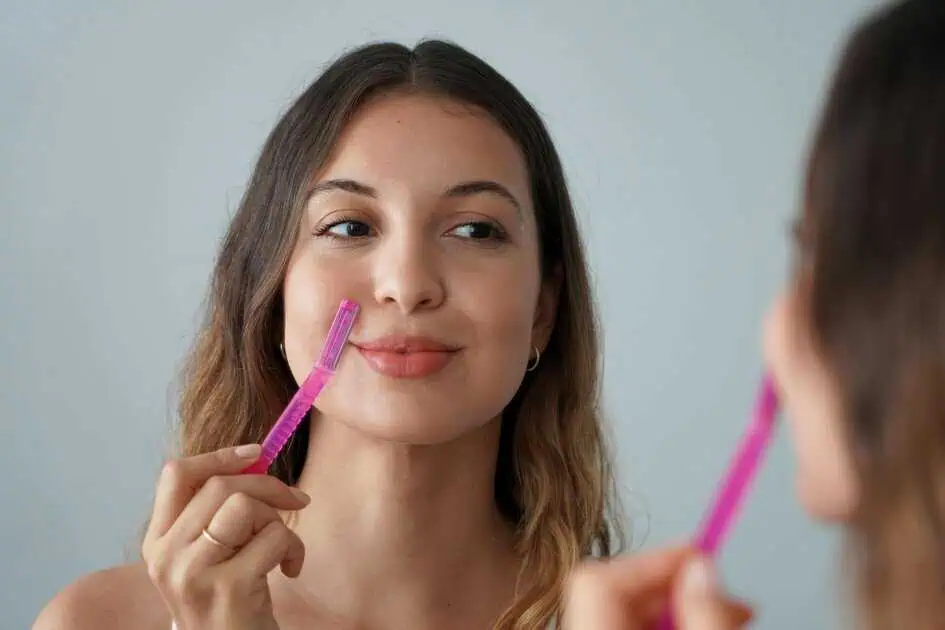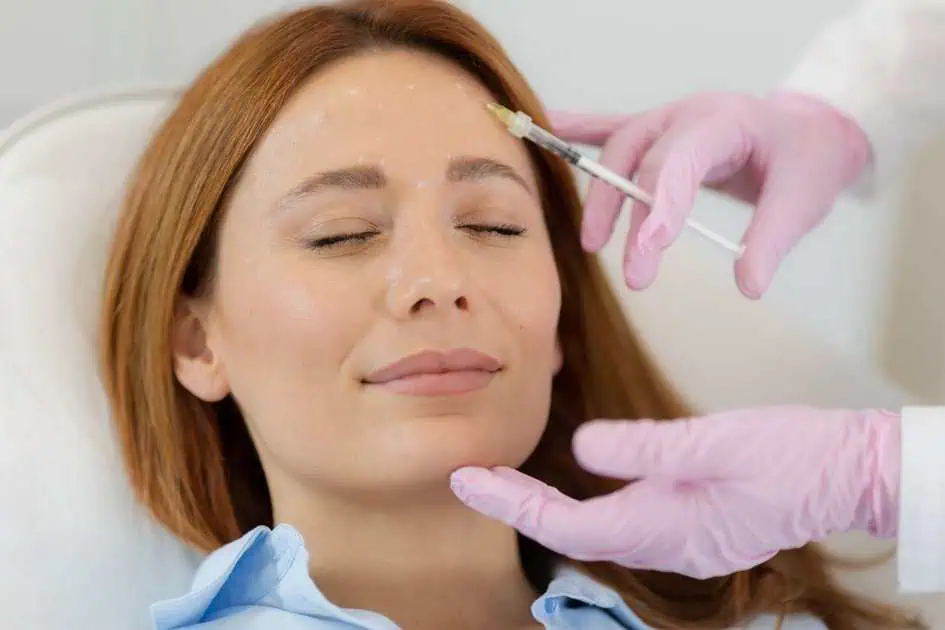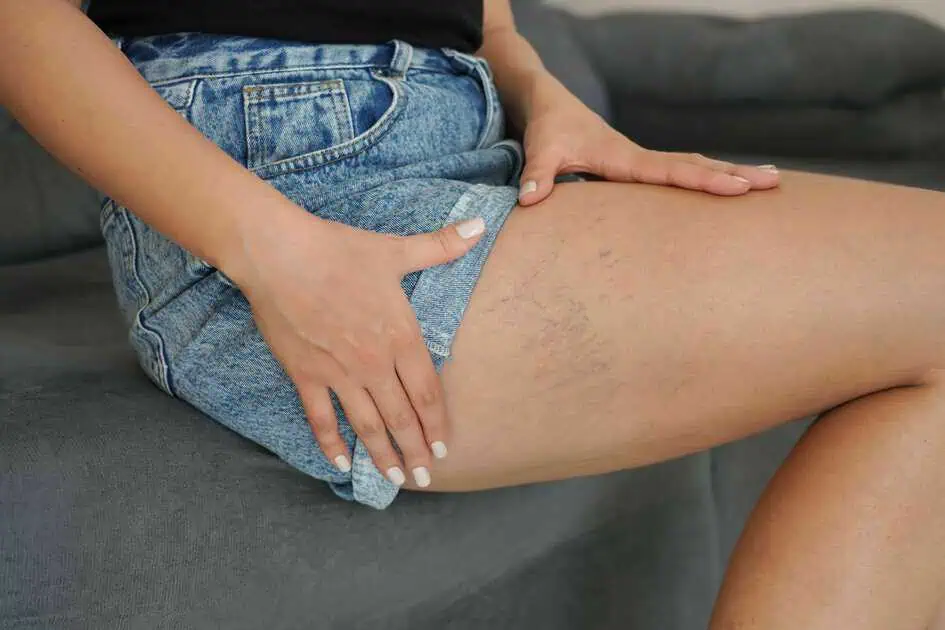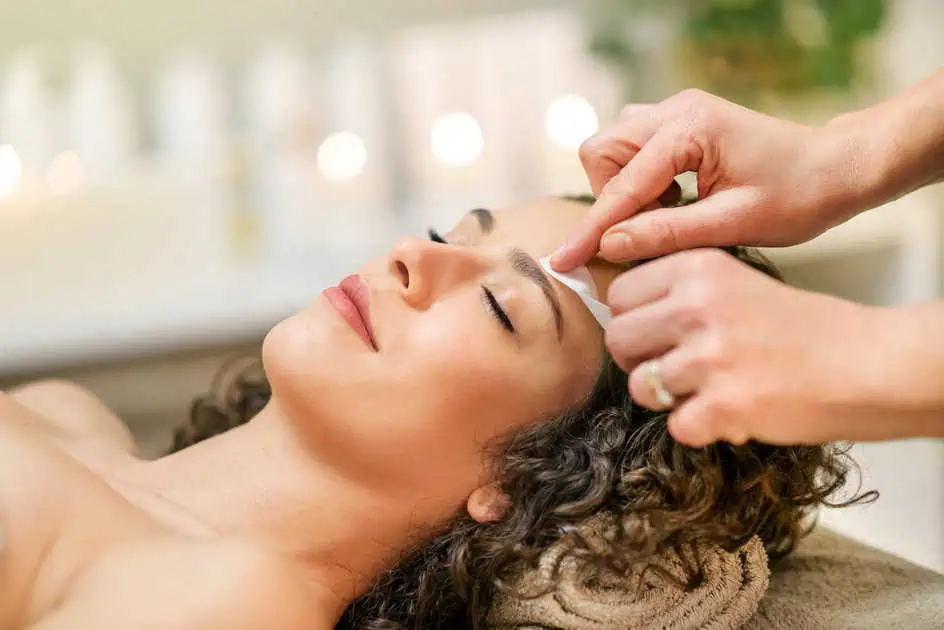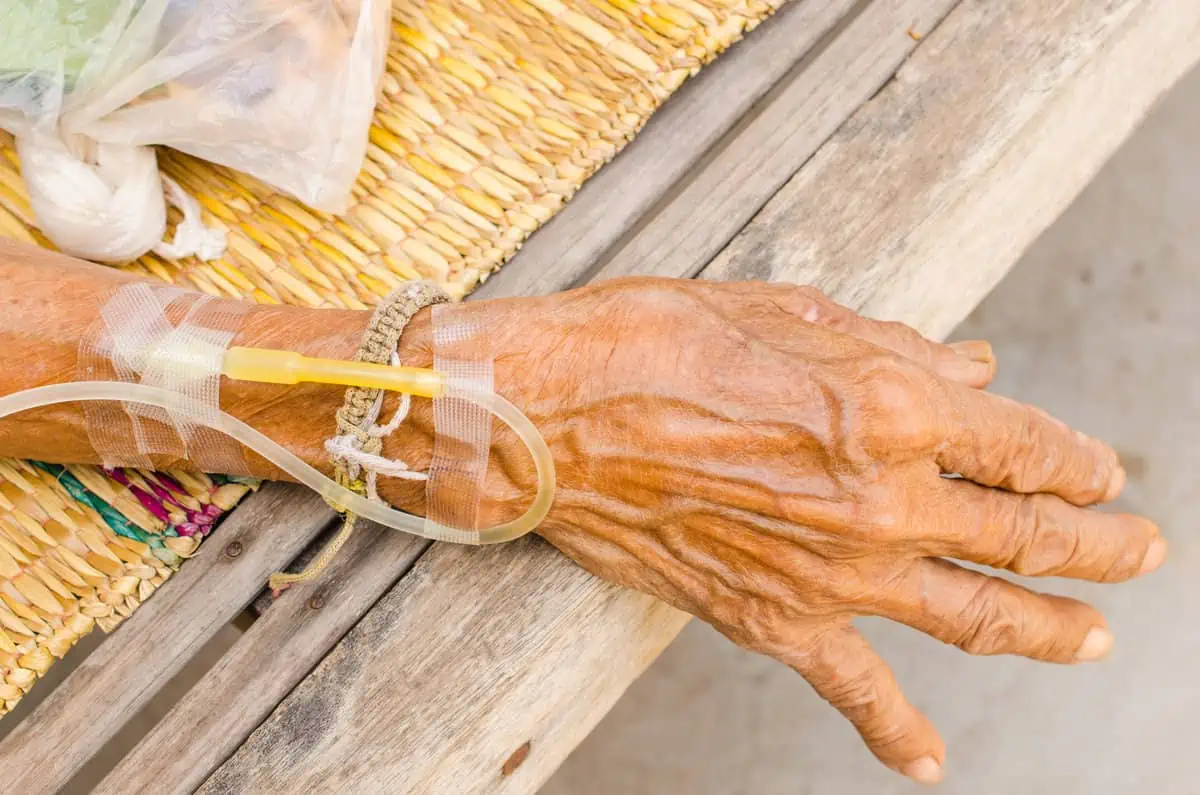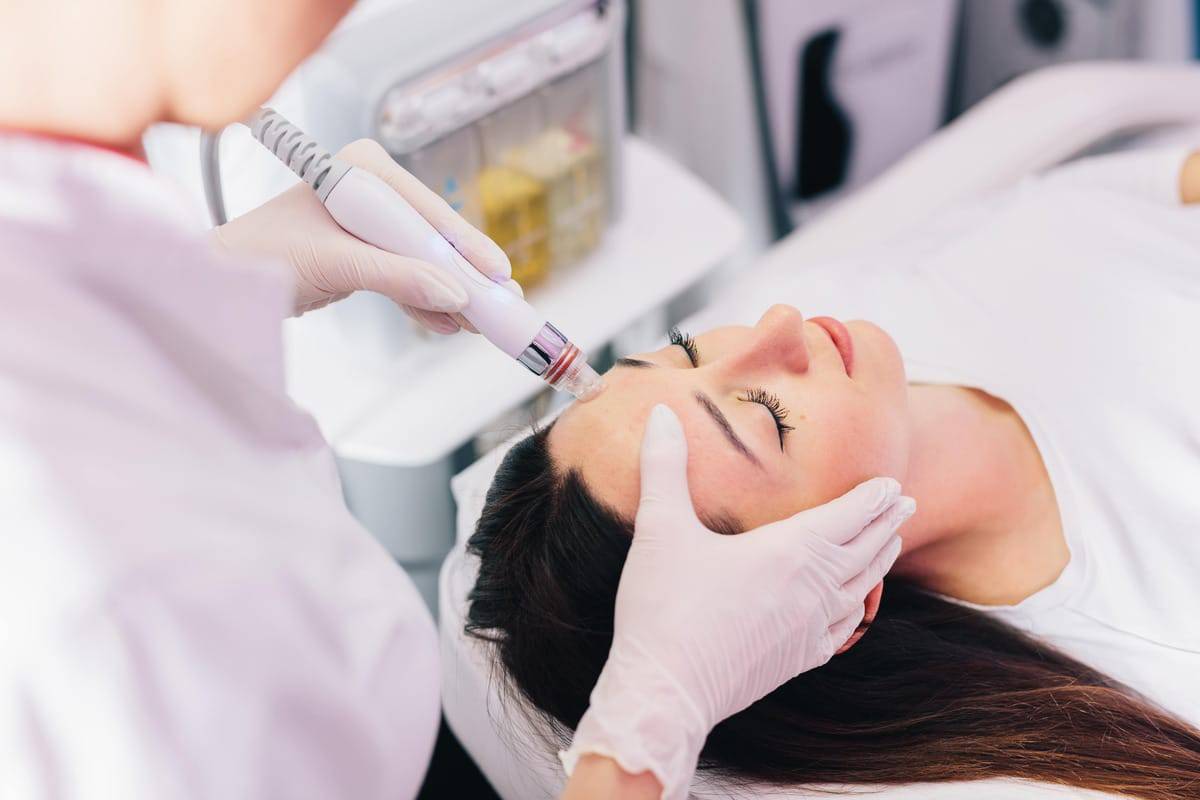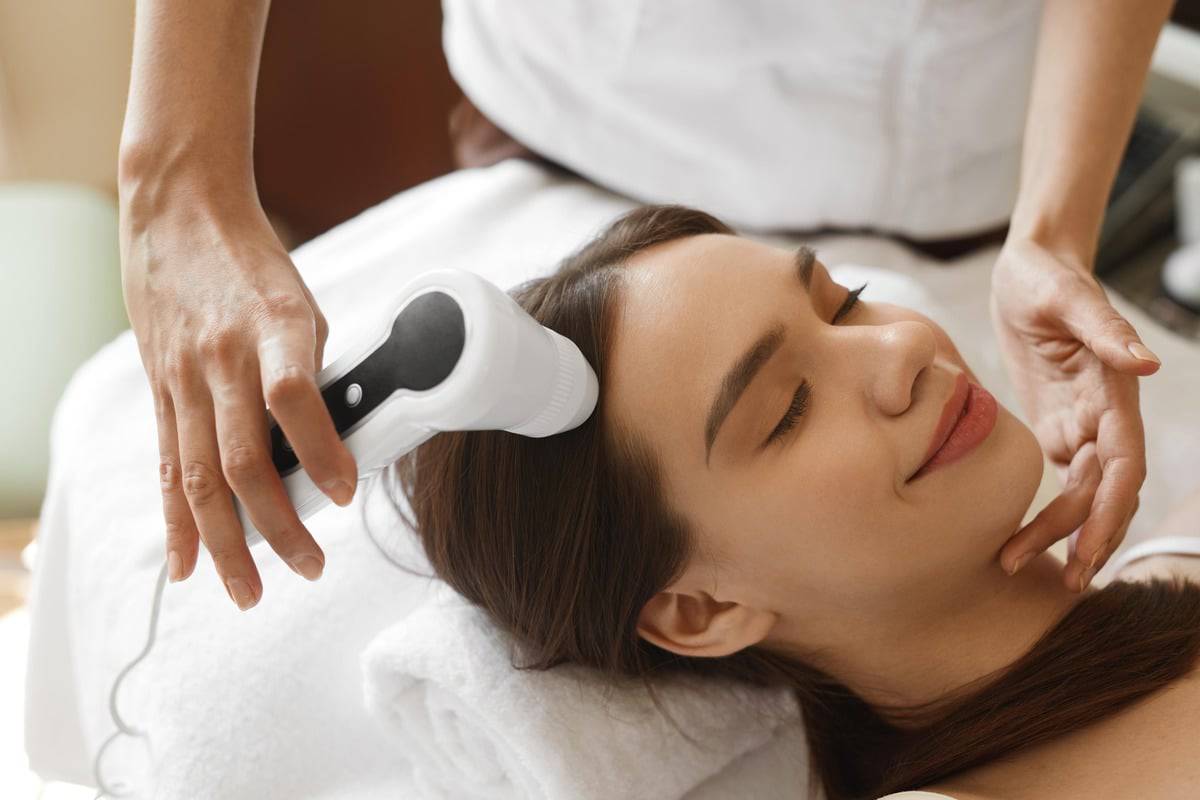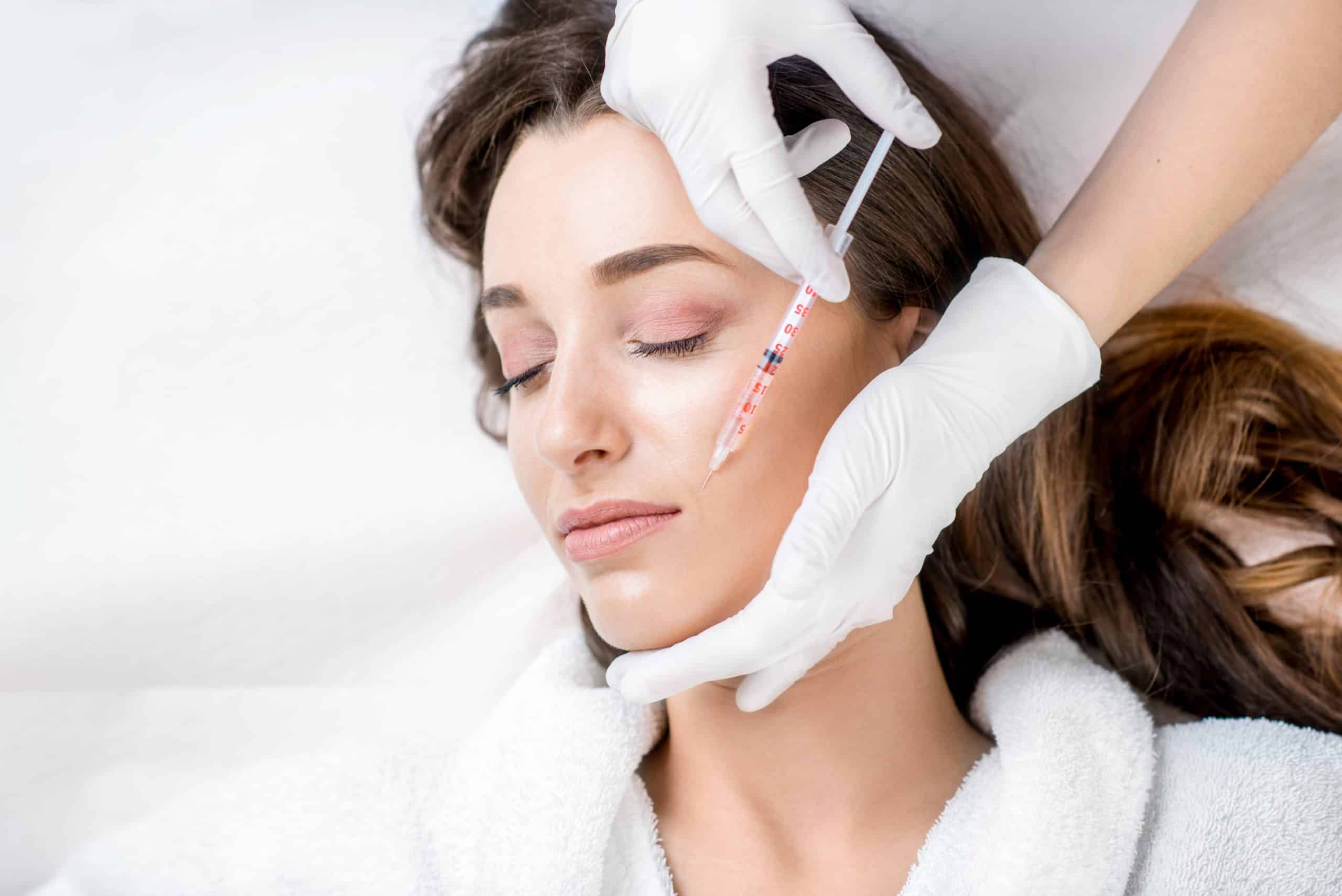With all kinds of hair removal on the menu, navigating what is and which is right can get confusing. Indeed, in the world of the most convenient hair removal method, waxing has been one of the famous hair removal choices. Waxing proves to be much more beneficial than shaving in the long run.
Here’s what everyone needs to know about waxing facial hair, whether one is trying it out at home or headed to the salon:
It will slightly hurt.
Hair ripped out of the face or body can be slightly painful, but the intensity of the pain depends on the individual pain threshold. Numerous treatments claim to be virtually painless or pain-free. And some people who have been waxed for years and therefore desensitized to the pain have insisted that hair removal “doesn’t hurt at all.”
More serious medical conditions can also influence whether waxing negatively affects the client. If unsure whether the skin could be at risk, especially if planning on doing a wax at home without an esthetician’s expertise, consult a dermatologist first.
Moisturize the skin
It will hurt even more if the skin is not soft and moisturized before waxing. This is why we need to prep our faces for facial waxing. The skin on our face is very sensitive and requires to be handled with care. Moisturize the skin the night before going for a facial wax.
Will the hair grow back thicker?
Generally, the hair grows back the same; although everyone seems to have their theory, most people find that long-term waxing will result in less regrowth. The hair will appear thicker if broken than removed at the root since it won’t have a tapered end.
Can my skincare routine affect how the wax works?
Topical treatments like Retin-A and Differin thin the skin, making it much more sensitive and prone to tears and peeling. However, these aren’t the only meds to be mindful of before getting a wax. Oral medications like Accutane and many antibiotics will make the skin hypersensitive.
Choose the suitable wax.
It’s a must to choose the wax that suits the skin type. The safest pick would be all-natural wax that uses natural ingredients and is void of petroleum products and colophony. When going to a salon, an esthetician will choose either hard wax, soft wax, or ready wax strips according to the body part to be waxed. This array of options allows more flexibility when it comes to hair removal.
The Post-Waxing Redness
The skin of the face is thinner than the rest of the body. As a result, the redness after waxing will last for a few hours. If it doesn’t subside within 24 hours, then consult a doctor.
Another big red flag: is significant redness, swelling, and pain, which could indicate an allergy to the wax. Since wax contains a lot of additives like colors, fragrances, and essential oils that people may be allergic to. That won’t go away, so the patient may need topical or oral medications or even consult a doctor.
How long will the results last?
The effects of facial waxing will last for 2-6 weeks depending upon the intensity and thickness of the hair. However, the results of facial waxing will last longer than any other hair removal method.
Don’t exfoliate the skin after waxing
The skin is extremely sensitive and tender after facial waxing. Furthermore, waxing leaves the skin free of dead for a few days, so it doesn’t need exfoliation. This may seem obvious, but it’s worth a reminder.
Don’t hit the gym immediately post-wax.
Sweating increases the risk of spreading bacteria to your newly-smooth skin, so definitely plan the workout for a different time. Also, wearing tight clothes like spandex or yoga pants is a no-no if a client has a bikini wax (the friction can cause irritation and acne). If anything funky happens the next day—a pain, swelling, pus, or a strange odor—make an appointment with a doctor or dermatologist as soon as possible.
Professionals do it best.
While high-quality DIY waxing kits are more accessible and promise to be easy to use, the truth is that one might think they are a hassle. The best way is always to get the expertise only an aesthetician can offer. They have the experience and the advantage that they can work every inaccessible area with full control, which would be very difficult to do, especially having so many things to focus on, including pain and discomfort.
Overall, waxing offers many advantages when compared to shaving. When thinking about the fuzz and the prickly sensation coming back only a couple of days after shaving, waxing allows the skin to remain smooth for much longer. Another advantage of waxing is that the hair grows back progressively finer. This is because waxing pulls hair out from the root, which means the hair follicle becomes increasingly debilitated, producing finer and sparser hair.
For women, it is best not to schedule a wax within three days prior to the period as the skin tends to be extra sensitive during that time. Knowing precisely what one is getting into will help one get through the experience and ensure only to get the smoothest results.
Waxing Aftercare
When making it through the challenging part, it’s all about taking extra care and caution for the next 48 hours. Here are the things experts recommend avoiding while a newly waxed skin is at its most sensitive.
- Stay out of the sun
- Avoid swimming
- Be careful not to over-exfoliate
- Avoid the sauna and hot yoga
- Wait for a little before getting a spray tan
- Be selective with the skincare
- Take showers instead of baths
The Bottom Line
As threading and plucking facial hair can be very painful, waxing offers a much better way of getting rid of it, but it’s also a bold move. Remedy Aesthetics And Wellness offer Facial Waxing, the best approach to getting rid of facial hair. After all, this concerns our beautiful faces, and we must ensure we take every precaution to get it absolutely right.



